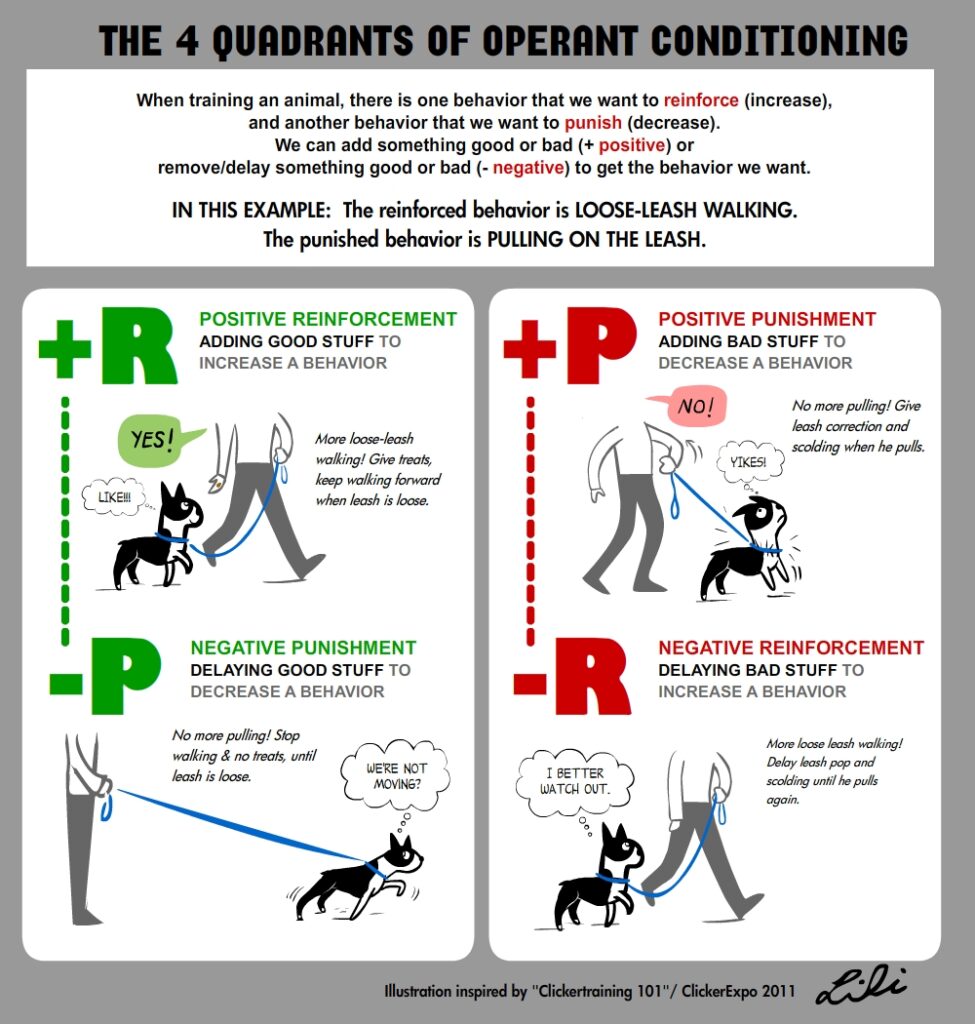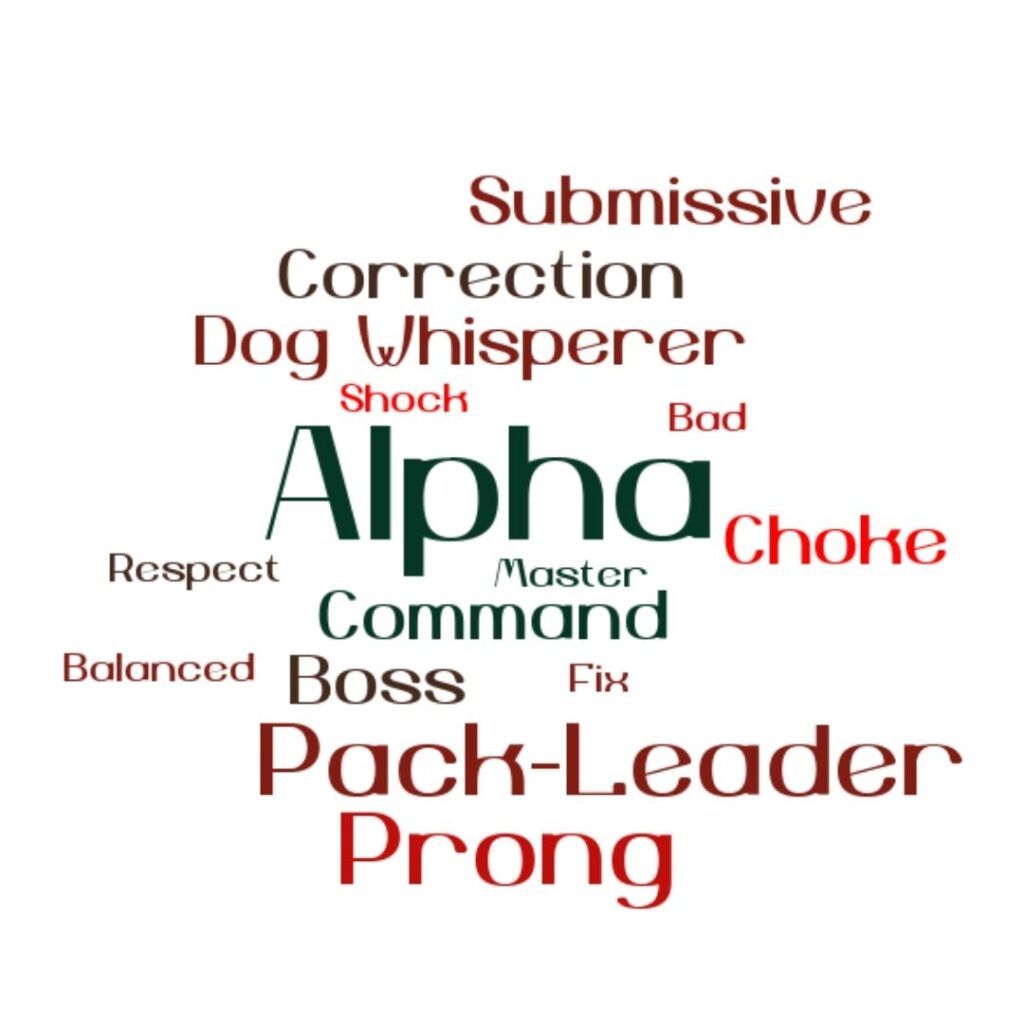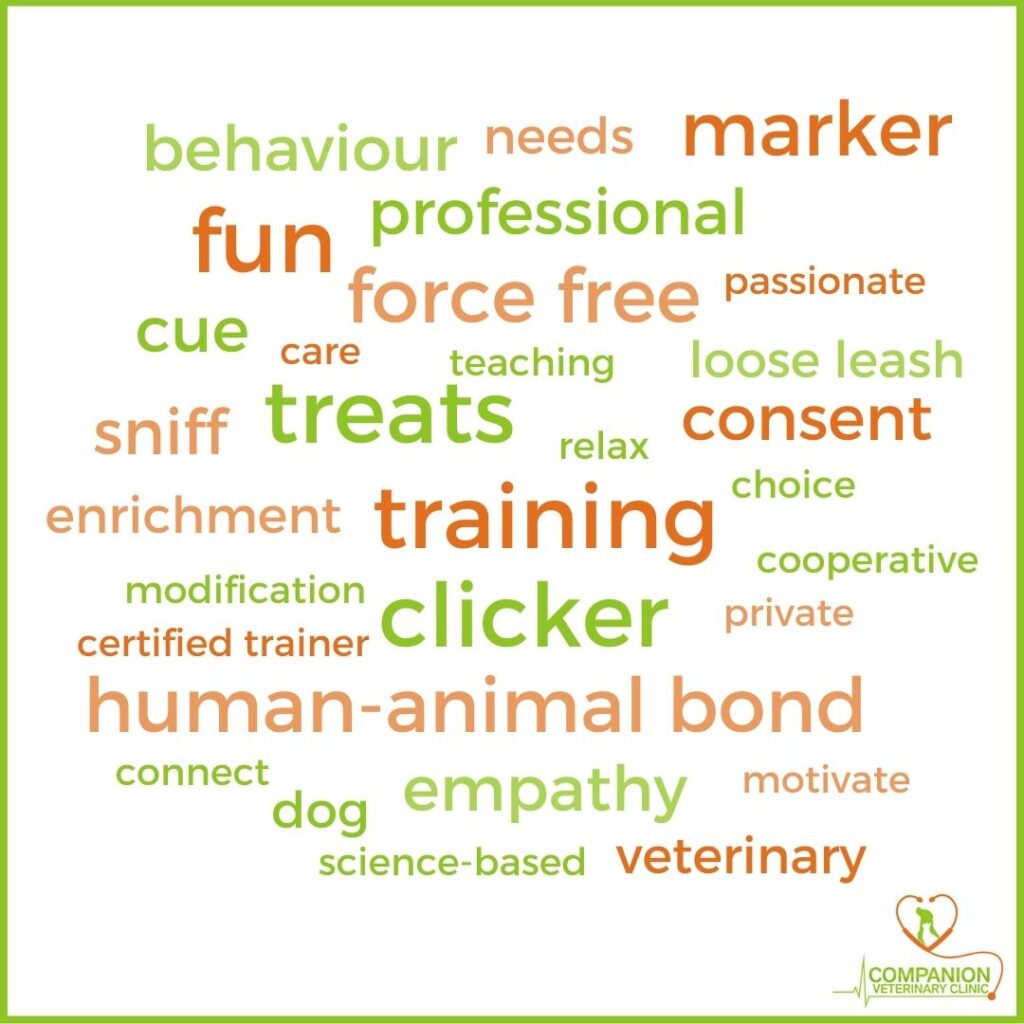Buyer Beware: Tips for Choosing a Dog Trainer
Buyer Beware: Tips for Choosing a Dog Trainer
When you bring home that sweet new puppy and it’s time to sign up for training, where do you start? Where do you find the best classes? What should you look for in a trainer? One of the first things to realize is that dog training is an unregulated industry, so anyone can call themselves a dog trainer. Of course, new dog guardians want to do what’s best for their pet but there is so much information out there, it can be hard to decipher where to start. Some trainers spend years educating themselves on the science of animal behaviour, attending conferences and seminars, getting their hands on every science-based resource possible. Some trainers also obtain certification, some of these are credible, others are not.
Our goal is to equip you with the knowledge needed to find a trainer that is knowledgeable, kind, gentle and fun for your pet.
Red Flags to Watch for When Choosing a Dog Trainer
Here are a few red flags to be aware of when choosing a dog trainer:
-
- The use of archaic training tools: Choke collars, prong collars, electronic collars (shock collars) and slip leads. Also, jerking on any type of training equipment to correct behaviour. These tools and techniques not only cause our pets to make negative associations with people and stimuli in the environment, but they also cause apathetic learners, increase fear, anxiety, and stress, and do not teach the dog what they are supposed to be doing instead.
- The use of terms like alpha, dominance, pack leader and balanced: All these terms refer to an outdated, traditional way of training. Contrary to what was previously thought to be true, dogs are not pack animals, and these terms encourage the notion that dogs are out to manipulate and dominate people. One of the many dangers that support this theory encourages owners to behave aggressively toward their pets and perform actions like pinning dogs onto their sides to show them they are the “alpha”. These aversive techniques never have the effect intended and teach dogs that owners are unpredictable and can’t be trusted, to fear their owners and in turn causes a snowball effect of other behaviour concerns in the future.
- Self-proclaimed “dog psychologists”, “dog therapists” and “behaviorlists” (not even a word): The designation of Animal Behaviorists is for those individuals that have obtained graduate degrees or have post-graduate certification.
- 100% guarantees to fix or cure behaviour problems: Most behaviour problems can be managed and improved with positive training techniques but “guarantees” set owners and dogs up for failure.
- Trainers that focus on correcting “bad” behaviours rather than reinforcing desirable behaviours: A correction can include a jerk on a collar, spraying with water, yelling, hitting, using an aversive noise (shaker can), forcing the dog into the situation that triggers the undesirable behaviour, and many more.
- If a trainer claims to use positive reinforcement but not food rewards: This is often a claim made by trainers who lack a basic working knowledge of positive methods. Some trainers are using the term “positive reinforcement” to describe rewarding a dog after they have used compulsive methods to get the dog to perform a behaviour. This is done using positive punishment, adding something aversive (yelling, leash jerks, shocks) to decrease the likelihood of a behaviour occurring and negative reinforcement, which is when an animal works to avoid an aversive stimulus to increase the likelihood of a behaviour occurring.
 Credit: Lili Chin
Credit: Lili Chin - Trainers that think control is key: Recommendations to make your dog work for every piece of kibble or not have access to attention or affection without “earning it” should be met with caution.

What to Look for in a Dog Trainer
Now that we know what to avoid, let’s look at the positive side of dog training and how to find the most educated and kind dog training professional for you and your pet:
- Trainers that choose to use food for training help shifts our focus from what we do not want our animals to do, to “paying” them for all the awesome behaviours they do offer us. Food is a primary reinforcer, that animals need to survive so it is a wonderful motivator. Positive reinforcement training works by adding something a dog likes, for example food, to increase the likelihood a behaviour will be repeated. If every time your dog sits, they get a delicious treat, they are more likely to repeat the sit behaviour. This empowers your dog and builds their confidence.
- Teaching you how to manage your dog’s environment to set them up to succeed. Often, we are working to prevent unwanted behaviour or modify existing behaviour, however managing the environment is as important to prevent your dog from becoming distressed or displaying an unwanted behaviour. It is important to teach new behaviours in a low distraction environment and work up to the goal environment. This is done with good management and a thoughtful training plan.
- Trainers that will allow you to audit their class. If you are curious about a trainer’s philosophy and methods, they should allow you to watch their class and answer any questions you might have. Trainers should be able to explain their techniques and provide scientific evidence that supports them if asked to do so. The ability to explain body language and behaviour is very important in training and behavior modification.
- Treating your dog as an individual and meeting their needs: Dogs have physical, emotional, and social needs that need to be met. Your trainer should be able to teach you how to best meet these needs in a positive manner for your dog.
- Trainers should be focused on the overall welfare of the pet they are working with. This means encouraging owners to contact their veterinarian for any health-related or behavioural concerns that are beyond the knowledge of the trainer. There are many opinions on nutrition, behaviour, vaccines, and reproduction, and these are conversations that are best discussed with a veterinary professional.

Choosing the Right Dog Trainer
The term “trainer” has become an umbrella term for a wide range of knowledge and experience, not all of which are appropriate for all problems and not all trainers are knowledgeable in all areas of training and behaviour. Except for specific certifications offered by professional organizations, there are few (if any) regulations about who can call themselves a trainer or a behaviourist. It is important to sift through and understand the difference between trainers listing off memberships through professional organizations and continuing educations courses and actual certification. Although membership and continuing education are crucial to ensure trainers are up to date on their skills and knowledge, these are not the same as certifications. The following are the most accepted certifications:
Board-Certified Veterinary Behaviorist (DACVB): A veterinary behaviorist can be invaluable for dogs with behaviour problems, especially when there is a medical component to the behaviour and/or the animal requires the use of psychotropic medication. A board-certified veterinary behaviourist has gone through a rigorous internship, application process and passed a two-day board examination to earn these credentials.
Certified Applied Animal Behaviorist (CAAB): This certification requires a master’s or PhD, experience, and ethics. Many behaviourists work in universities and conduct the studies that provide the information animal trainers and behaviour consultants need to better understand and work with behaviour cases.
Veterinary Technician Specialists in Behaviour (VTS Behavior): Once a registered veterinary technologist obtains their diploma or degree, they can apply for specialty certification. This certification requires veterinary technologists to spend 3-5 years acquiring 4000 hours specific to animal behaviour. Completed skill forms, logged cases, case studies and a peer reviewed published article are also part of the certification requirements. After a rigorous application process, applicants are required to write a three-part exam to gain specialty status.
Karen Pryor Academy (KPACTP): This is a 6 month program that provides online and combined hands-on certification using non-coercive positive reinforcement methods, applicants must pass both a written and practical exam to earn certification.
The Academy for Dog Trainers (CTC) –The Academy is a virtual university for dog trainers. It’s a two-year, part-time online program that offers a comprehensive education in all aspects of dog training, dog behavior, behavior modification, client counseling, teaching classes and thriving in your work.
International Association of Animal Behaviour Consultants (ACDBC and CDBC) – There are several certifications through this organization including dog, cat, horse, parrot, working animals and shelter work. IAABC members work to minimize the use of aversive stimuli and maximize the effective use of reinforcers to modify animal behaviour. IAABC’s certification is based on case studies, not multiple-choice quizzes, and each applicant is assessed by a panel of experts in dog training and behavior.
Certified Professional Dog Trainer and Certified Behaviour Consultant Canine (CPDT and CBCC): A CPDT and CBCC have met the requirements as an instructor (including a minimum length of training experience), has submitted references from a client, a veterinarian, and another training professional, has passed a certifying examination and is required to meet a minimum of continuing education every two years. These requirements are set by the Certification Council for Professional Dog Trainers.
Fear Free Certified Trainer: A Fear Free Certified trainer must hold designations with other humane, science-based organization or educational groups to obtain certification through Fear Free. Trainers who complete the Fear Free Animal Trainer Certification Program will acquire the skills to work with dogs and cats alongside the veterinary team and can train pets and their guardians to cooperate in their veterinary care.
Victoria Stilwell Academy: School for Dog Trainers: Candidates are able to complete this course both in-person or online and are provided with mentorships, hands-on learning, and skills assessments throughout the course. Once the science-based curriculum is completed, candidates earn the designation, VSA-CDT.
Although the above certifications vary, they all require continuing education credits to ensure certificants are up to date on the most science-based approaches to training, adhere to a code of ethics and standards of practice.
Labels to be cautious of: Master Dog Trainer, Head Trainer, dog psychologist, behaviourist, behaviouralist and others are all terms which anyone may apply to themselves without restriction.
Please be an advocate for your dog. If something a trainer is recommending makes you uncomfortable, trust your gut. Training should be encouraging, fun, and increase the bond between you and your dog.

